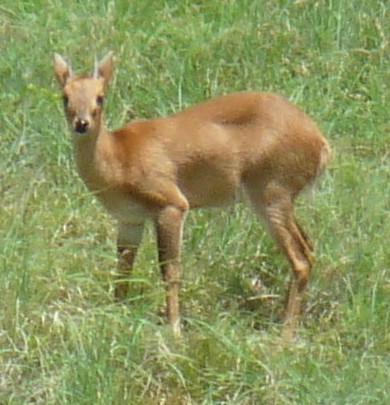Facts About Four-horned Antilope, Chousingha
The four-horned antelope, also known as the chousingha, is a small and unique antelope species native to India and Nepal. What distinguishes this species is its four horns: one pair positioned between its ears and the other on its forehead. This is the only species in the genus Tetracerus, first described in 1816.
Chousinghas are diurnal, meaning they are active during the day. Their diet primarily consists of grasses, herbs, shrubs, foliage, flowers, and fruits. However, little is known about their breeding behavior, gestation period, or mating season.
The scientific name Tetracerus quadricornis emphasizes their distinctive four horns. There are three recognized subspecies, each varying slightly based on their geographic distribution and physical characteristics. These antelopes belong to the Bovidae family and are closely related to the nilgai. Fossil records reveal that they once roamed Africa during the late Miocene. Early humans hunted them during the Mesolithic and Chalcolithic periods.
In terms of appearance, the four-horned antelope is small, with a coat that ranges from yellowish-brown to reddish. They have prominent black markings and white underparts. They prefer habitats with abundant grass cover and water sources, avoiding human settlements.
Unfortunately, the four-horned antelope is classified as Vulnerable due to habitat loss and hunting. Conservation efforts are critical to their survival. They are protected under wildlife conservation laws in India and are listed in CITES Appendix III.
Notable protected areas for these antelopes in India include Gir National Park, Bandhavgarh National Park, Kanha National Park, and Ranthambore National Park. Despite these protections, their population is in decline, with estimates suggesting there were just over 10,000 individuals in 2001. Continued conservation efforts are essential to ensure the four-horned antelope does not vanish.

 Afghanistan
Afghanistan